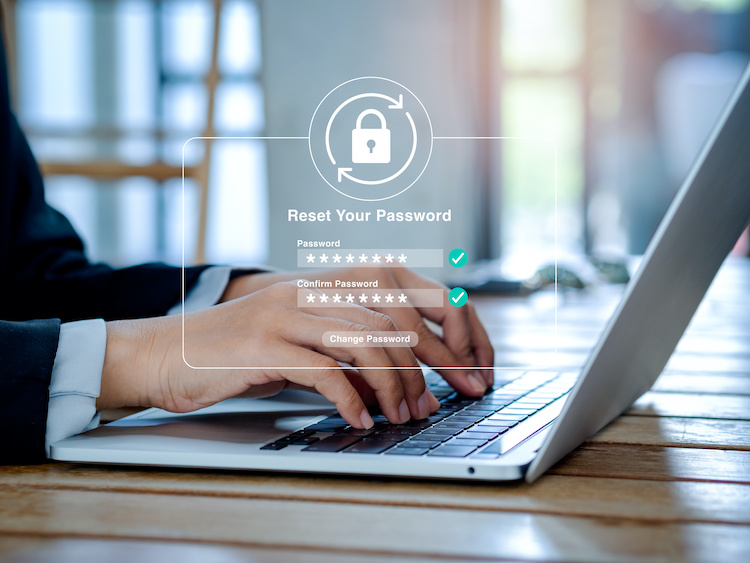
Exploring Two-Factor Authentication: Enhancing Your Online Security
In today’s digital landscape, protecting our online presence and sensitive information is of paramount importance. One powerful tool for enhancing online security is two-factor authentication (2FA). By adding an extra layer of verification to the login process, 2FA significantly reduces the risk of unauthorized access and enhances overall security. In this blog post, we will explore the benefits of two-factor authentication, how to implement it, and answer some frequently asked questions to help you better understand this essential security measure.
What is Two-Factor Authentication?
What is Two-Factor Authentication and Why is it Important?
Two-factor authentication, also known as 2FA, is a security method that requires users to provide two forms of identification to access their accounts. It adds an extra layer of protection beyond traditional passwords, making it significantly harder for unauthorized individuals to gain access to your online accounts. By combining something you know (password) with something you have (a unique code or device), 2FA provides an additional level of security and peace of mind.
The Benefits of Two-Factor Authentication
What are the Benefits of Using Two-Factor Authentication?
Two-factor authentication offers numerous benefits that enhance your online security and protect your digital presence. Some of the key benefits include:
Enhanced Security: By requiring a second form of verification, 2FA adds an extra layer of security, making it much more difficult for attackers to gain unauthorized access to your accounts.
Protection Against Password Vulnerabilities: Traditional passwords can be vulnerable to various attacks, such as brute force attacks or password leaks. 2FA mitigates these risks by providing an additional layer of protection even if your password is compromised.
Peace of Mind: With 2FA enabled, you can have peace of mind knowing that your accounts are more secure, reducing the risk of identity theft, unauthorized access, and data breaches.
How to Implement Two-Factor Authentication
How Can I Enable Two-Factor Authentication?
Enabling two-factor authentication is a straightforward process and can be done on various platforms and services. Here are the general steps to implement 2FA:
Identify Supported Platforms: Check if the platforms or services you use offer two-factor authentication as an option. Many popular websites, social media platforms, and email providers support 2FA.
Choose Your 2FA Method: There are different methods available for 2FA, such as SMS-based codes, authenticator apps, or physical security keys. Choose the method that suits your preferences and offers the level of convenience and security you desire.
Enable 2FA: Access the security or account settings of the platform or service you wish to enable 2FA for. Locate the option to enable two-factor authentication and follow the provided instructions to set it up.
Frequently Asked Questions about Two-Factor Authentication
What are Some Frequently Asked Questions about Two-Factor Authentication?
Is two-factor authentication necessary if I have a strong password?
While a strong password is essential, two-factor authentication provides an additional layer of security. Even with a strong password, it is possible for it to be compromised through various means. Enabling 2FA significantly reduces the risk of unauthorized access.
Will two-factor authentication make it inconvenient for me to access my accounts?
Although there is an extra step in the login process with 2FA, the additional security it provides outweighs the slight inconvenience. Additionally, many 2FA methods, such as authenticator apps, offer a seamless and user-friendly experience.
Can I still access my accounts if I lose my second factor (e.g., phone or physical key)?
It is essential to have a backup plan in case you lose access to your second factor. Most platforms and services offer backup codes or alternative authentication methods that you can use to regain access to your accounts.
Best Practices for Two-Factor Authentication
What are Some Best Practices for Using Two-Factor Authentication?
Enable 2FA on All Supported Accounts: Implement two-factor authentication on all platforms and services that offer it. This includes email accounts, social media profiles, banking websites, and any other accounts containing sensitive information.
Use Different Methods for Different Accounts: If possible, use different methods for two-factor authentication across your various accounts. This adds an extra layer of protection, as compromising one method does not grant access to all accounts.
Keep Your Second Factor Secure: Treat your second factor (such as your phone or physical key) as you would a valuable possession. Keep it secure and protect it from loss or theft to maintain the integrity of your 2FA setup.
Two-factor authentication is a powerful security measure that significantly enhances your online security. By adding an extra layer of verification to the login process, 2FA mitigates the risks associated with password vulnerabilities and unauthorized access. Implementing 2FA across your accounts provides peace of mind, safeguards your digital presence, and strengthens your overall security posture. Take the time to enable two-factor authentication on your important accounts and enjoy the added layer of protection it brings.



